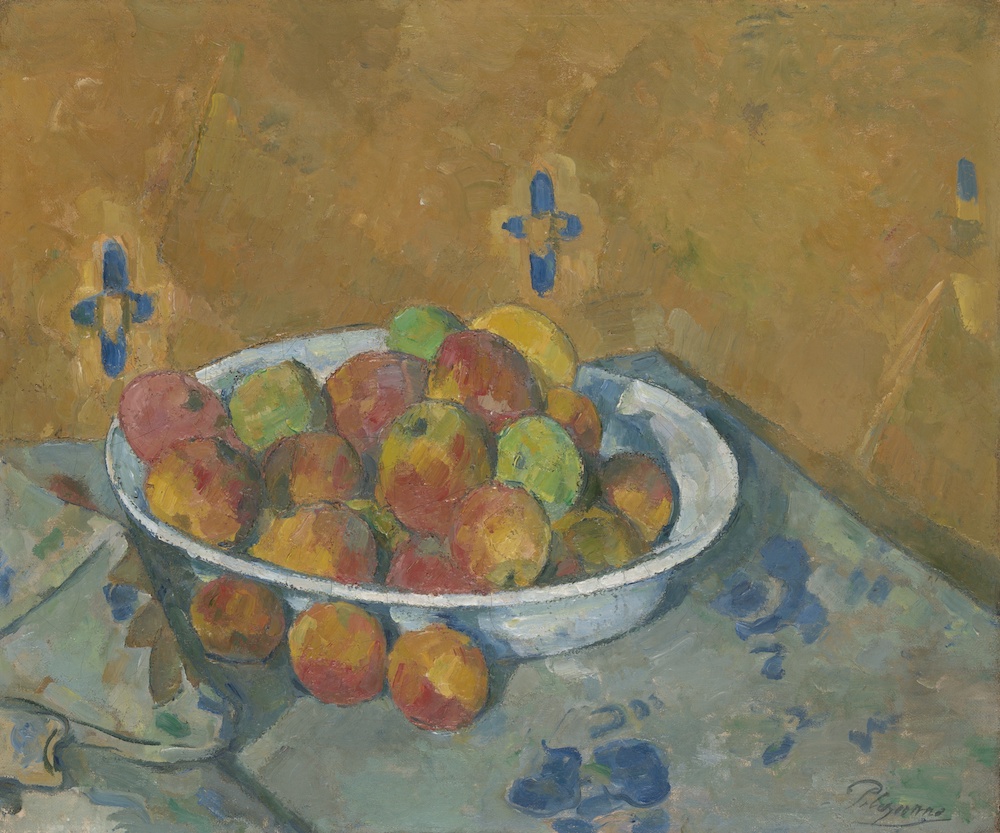Every time I say I don’t like Impressionism people lose their minds—and I get it, people love the stuff, can’t get enough. I admit that I sometimes say it just to freak them out, because you should see the looks. I mean, you’re probably looking at me like that right now. I can hear it too: But Western painters had never thought about light that way before! The way they deconstructed figures and elements of a scene into their millions of coups de lumiere, fusing the atmosphere to the actions such that the true subject became the physical nature of light itself! The way they involved science and mechanics, responding to the advent of the camera’s prowess for verisimilitude not by feeling supplanted, but, rather, liberated as painters to pursue a more radical expression of the true properties of perception! They ushered in modernity! They changed everything forever! All of this is, of course, absolutely true. But taste is different from appreciation—and while there’s no accounting for taste, when it comes to how Impressionism became so venerated in the trajectory of western art, there is accounting for that.
I would neither dare nor bother to try un-ringing the Impressionism bell. It was a formative and revolutionary movement, almost unquantifiably impactful in art-historical and cultural terms. I get it! But I don’t like it. I’m happier at its earlier and latter-day edges (your Manet, your Caillebotte, your Vuillard), but I personally find the core paintings of Impressionism to be untidy, in a bothersome way. What it does to faces is creepy. I am rarely curious to figure out what objects or details its ambiguities and obfuscations are concealing inside a bleary picture. I have a random loathing for its candy-store-color stories and the predominance of upper-middle-class children in its gardens. And while it’s not their fault, subsequent generations of obsessive fans and unreasonable mimics have not helped.
But in the original movement’s heyday, Europe was on the cusp of a new century; class systems and economies were being shaken up. They were right to see that the new era would require a new art paradigm—and they made one. They were men and women of their time who felt an urgent need to figure out that the unknown that was arriving daily. What looks quaint today was radical and subversive in their time, so they were also brave. But I think two further ways in which the movement ushered in modernity was firstly, to privilege idea over technique in a way that hasn’t really worked out; and secondly, to disorient their audiences with intention and gusto (actually, I don’t mind that last bit). That is, to me, what it means to appreciate it. But I still don’t like it. Except… Well, there is this one painting… I knew I was going to Chicago, where it lives, and I decided to visit it.
The Plate of Apples, c. 1877, by Paul Cézanne lives at the Art Institute of Chicago and, when I first saw it, it was a revelation. A simple side table whose edges don’t line up juts rudely into the space behind it—which is not really space, but an unlikely curvature or corner of wall that both flattens and forestalls and defines the space in which the table teeters. On its rumpled cloth sits a wide shallow white bowl of apples; it’s full but there’s plenty of room for the three escapees that have tucked themselves under its lip. If the table were truly as tilted forward as it’s rendered, those three cheeky fruits would roll right off into the viewer’s hand. The apples are green and red, their spots of yellow call to the dusty gold of the
wallpaper; the wallpaper’s pattern of blue flowers is echoed in the cloth. All that optical balance gives the scene back its center of gravity and holistic compositional logic despite the ways in which it is undermined.
I love this painting. I’m obsessed with this painting, and the way it blends Impressionism with a prodigal embrace of conventions of clarity and balance. It is arguably not an important painting (it’s not even the most important Cézanne painting of apples in the same museum), but in its humble jumble it contains an entire art-historical journey, there and back again. It’s a fusion of classicism and mold-breaking, replete with humanity. Each apple is as fully realized as a portrait (and at least three have extra personality), but en masse they build a singular passage of color and texture, and as they touch, they fuse almost imperceptibly.
Impressionism’s messy liberties are tempered by a more careful attention and love of detail in this particular painting, even more so than in a larger, more ornate bowl of apples Cézanne painted around the same time, which hangs nearby. The work is so powerful in part because of how its relative simplicity, its uncomfortable palette, and its whisper of a code or mystery all seem to press past the boundaries of what had by then become a codified and self-referential visual lexicon that would inevitably attract its own overthrow. This one painting feels, not like a rote allegiance to a movement’s manifesto, but like a metaphor for life. That’s why it will always be my favorite.


